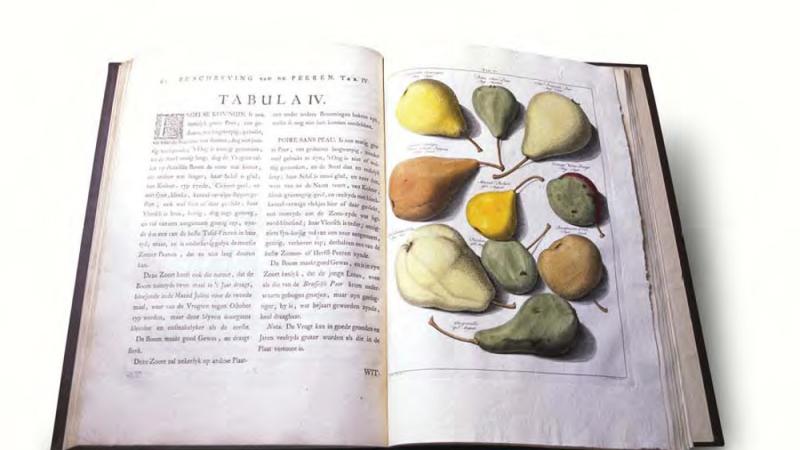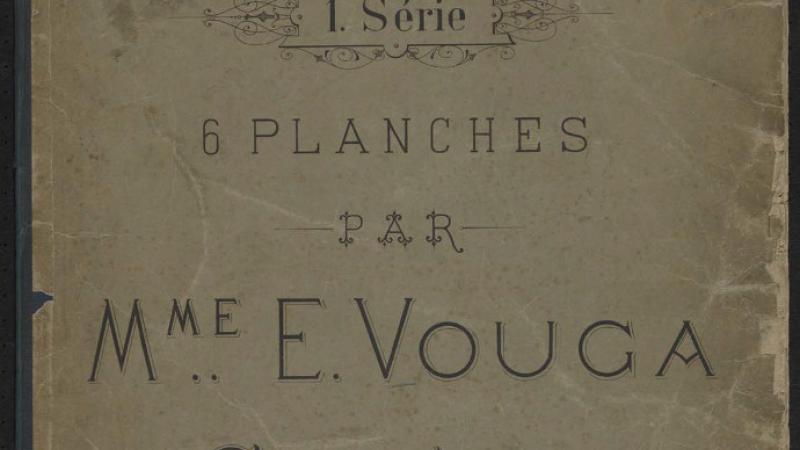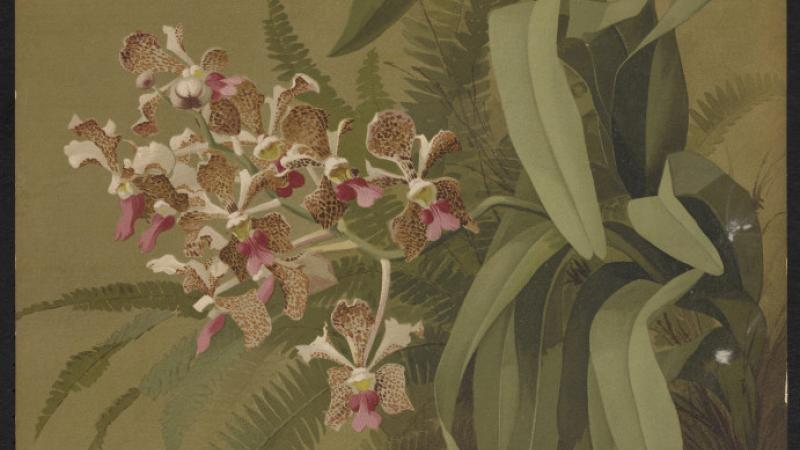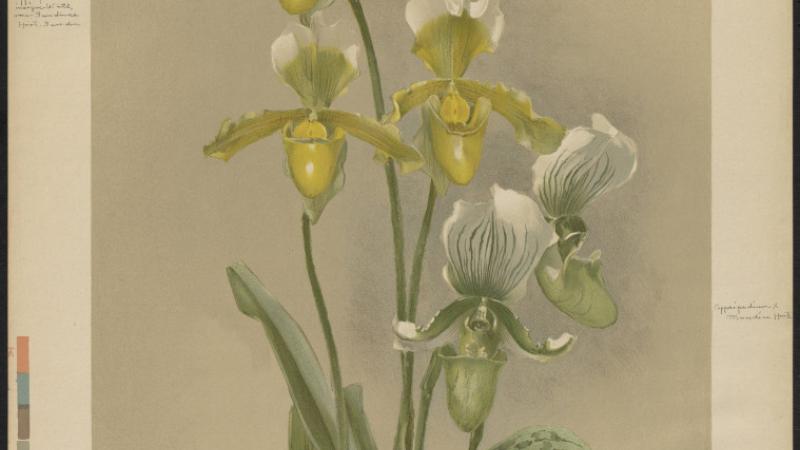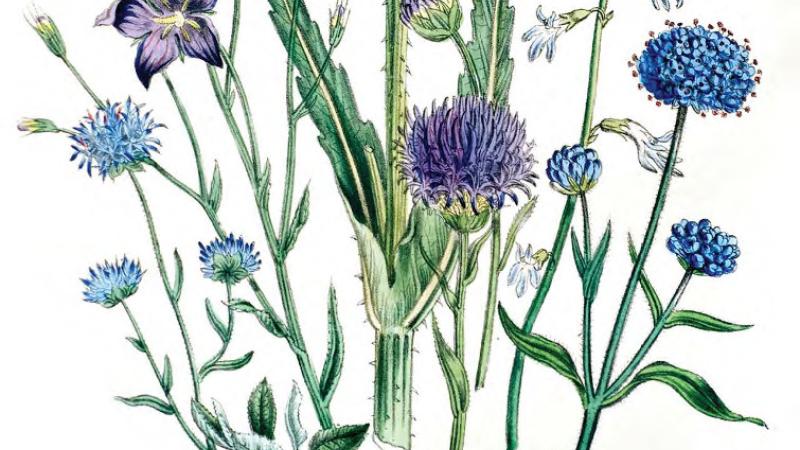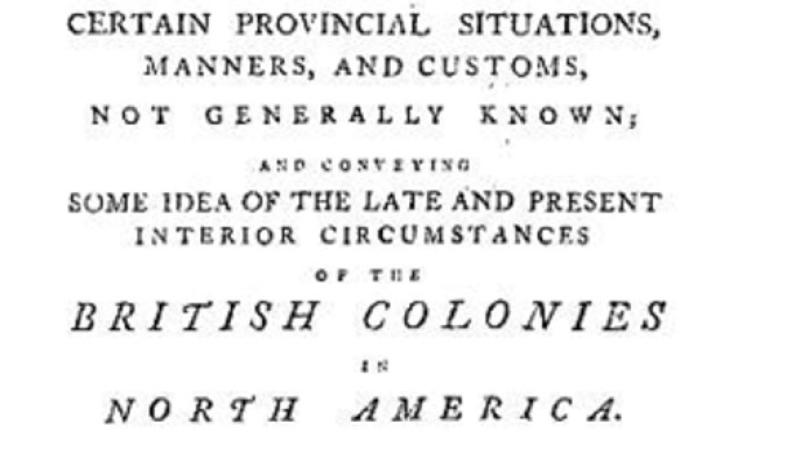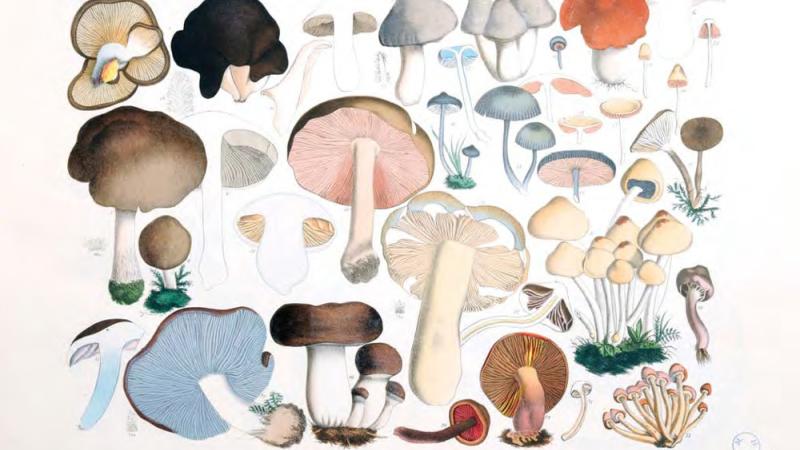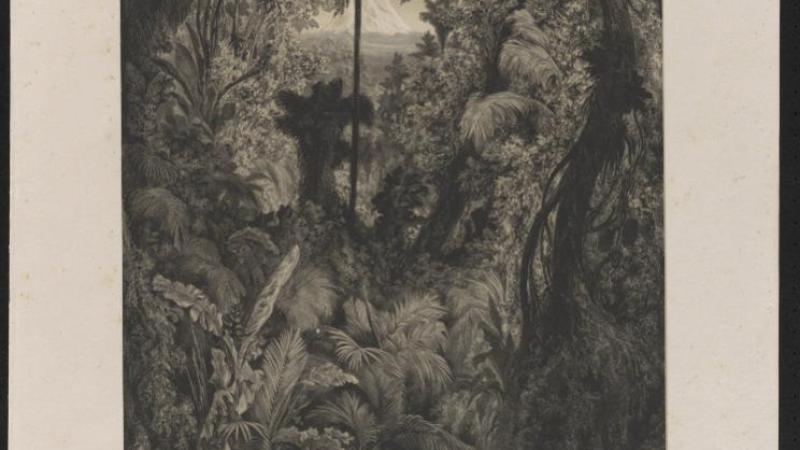Chicago Botanic Garden Brings Rare Botanical Volumes to Life
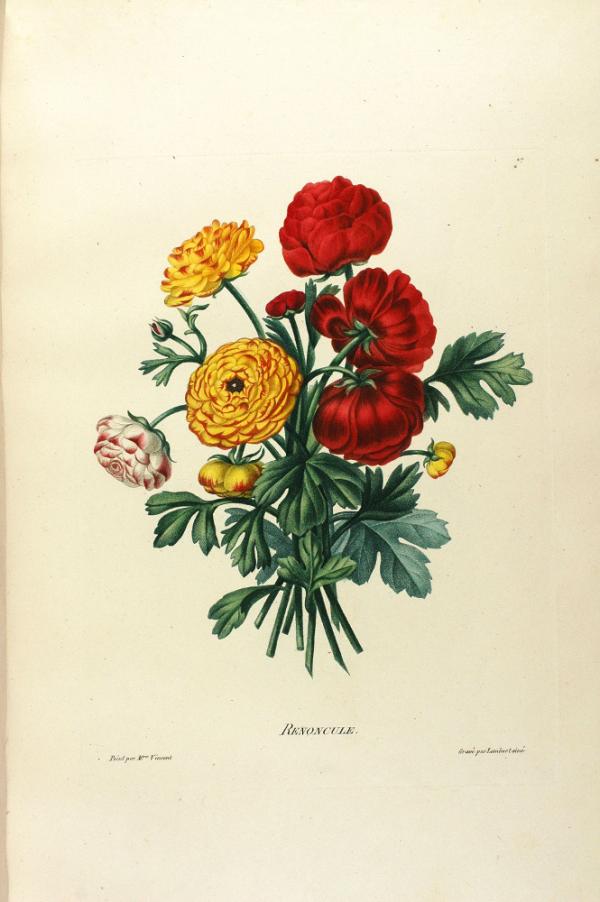
Copper engraving, painted by Mme Vincent of a buttercup from Henriette Vincent, Etudes de fleurs et de fruits (Paris, 1820).
Courtesy of the Rare Book Collection of the Lenhardt Library of the Chicago Botanic Garden

Copper engraving, painted by Mme Vincent of a buttercup from Henriette Vincent, Etudes de fleurs et de fruits (Paris, 1820).
Courtesy of the Rare Book Collection of the Lenhardt Library of the Chicago Botanic Garden
Through primrose tufts, in that sweet bower,
The periwinkle trailed its wreaths;
And 'tis my faith that every flower
Enjoys the air it breathes.
William Wordsworth, Lines Written on Early Spring
With the help of the NEH, the Chicago Botanic Garden is cataloging, conserving, and creating online access to its historic collection of botanical volumes--nearly 4,000 rare books, journals, and manuscripts, some dating to the 16th and 17th centuries--that were rescued from the Massachusetts Horticultural Society (MHS). When financial difficulties forced the MHS to sell many of its holdings, the Chicago Botanic Garden stepped in and acquired the collection in 2002. Now, through a 2011 Humanities Collections and Reference Resources grant, the Lenhardt Library at the Chicago Botanic Garden is working to make 45 of the rarest and most fragile volumes available for research, education, and the enjoyment and pleasure of all.
Offering perspective on five centuries of research in botany, botanical art, horticulture, agriculture, gardening, and landscape design, the volumes present an opportunity to chart the evolution of the modern science of botany, uncovering intricate relationships between science and art, botany and medicine, and humans and nature. Written in German, Dutch, French, Italian, English, and Japanese, they include texts and treatises on such subjects as flora at the time of European settlement in the New World, the use of medicinal plants, the Japanese art of flower-arranging, the ordering of the natural world during the Enlightenment, and 19th-century customs and values. But the most beautiful items are the botanical illustrations based on close observation of the natural world, many of them drawn at a time when the principles of modern science were being developed.
The oldest book in the collection is the first printed volume of Inquiry into Plants, or, in Latin Historia plantarum, one of the world’s first great botanical works, an encyclopedia of the plant kingdom, written by the Greek philosopher, Theophrastus (371–287 BC). This particular Latin translation was printed in 1483 by Bartolomeo Confalonieri, in Treviso, Italy.
If you are interested in the history of agriculture in America, then check out Letters from an American Farmer, subtitled “describing certain provincial situations, manners and customs, not generally known and conveying some idea of the late and present interior circumstances of the British Colonies in North America”, which was written by Hector St. John, a pseudonym for Guillaume Jean de Crèvecoeur (1735-1813). Letters was one of the earliest literary successes by an American writer in Europe and it turned its author into a celebrated figure. Crèvecoeur wrote widely on conditions on the continent and covered subjects such as farming methods, life on Nantucket and Martha’s Vineyard, slavery (which he opposed), and hummingbirds.
If you like New World exploration, then take a look at the illustrations and descriptions by Albert Berg (1825-1884) in his Physiognomy of Tropical Vegetation in South America, with the subtitle "a series of views illustrating the primeval forests on the river Magdalena [Columbia], and in the Andes of New Granada," published in London in 1854. In his preliminary remarks, Berg credits the great Prussian geographer, naturalist, and explorer, Baron Alexander von Humboldt, whose work laid the foundation for botanical geography. Humboldt had traveled extensively in Latin America between 1799 and 1804, noting similarities in vegetation in lands bordering the Atlantic, suggesting that the coasts of Africa and South America had once been joined. Humboldt had a particular interest in volcanoes and commented in a letter that is included in the volume, on Berg’s depiction of the Nevado del Tolima volcano (in the image gallery) in Colombia. “In your beautiful drawing", Humboldt wrote, “the vast snowy masses appear in the horizon through a clearing in the forest.” Humboldt also comments on the unusual phenomenon, depicted by Berg, of alpine palm trees.
While many works in the collection shed light on the history of agriculture and exploration, it is the colorful botanical illustrations that most delight. The reader will surely feel spring arriving, as they view the prints in the image gallery--of the buttercups captured in a copper engraving by Henriette Antoinette Vincent (1786-1830) in Etudes de fleurs and de fruits, containing 48 color plates and published in Paris about 1820. Also pictured is the frontispiece, and a single plate from Les orchidées, six loose chromolithographic prints of paintings by the Swiss botanical artist, Emilie Vouga, published in Geneva around 1890. The numbered plates, printed on heavy paper, depict various orchid species, in a delicately shaded and detailed style. Also striking are illustrations of fruit in Johann Hermann Knoop’s Pomologia, published by Abraham Ferwerda in Dutch in 1758, and subtitled “description of the best varieties of apples and pears.” And don’t miss the colorful plate of mushrooms from Julius Vincenz Krombholz’ Naturgetreue abbildungen und beschreibungen der essbaren, schädlichen und verdächtigen (Prague, 1831–46) or the thorny thistles from Mrs. Jane Loudon’s British wild flowers (London, 1847).
Since 2005, the Chicago Botanic Garden has received a total of four NEH grants to conserve, catalog, and digitize this rich collection of rare botanical volumes. The first award was to catalog approximately 4,000 volumes from the Massachusetts Horticultural Society’s collection. In 2008, the Botanic Garden received a Save America’s Treasures grant for extensive conservation treatment of the fragile volumes; and in 2010, a Preservation Assistance Grant to undertake a conservation survey of the collection. Together, these grants have helped the Chicago Botanic Garden develop a phased approach to preservation and access, through cataloging, conservation, and assessment. With its most recent award, the Botanic Garden is now creating digital access to some of the rarest and most fragile botanical volumes and sharing theses treasures with the public through online and in-house exhibits, research, and educational programming, and through online catalogs and digital repositories. The conservation and digitization work is being done by the Northeast Document Conservation Center in Andover, Massachusetts. Catalog records are currently available through the library’s Web site and OCLC, and images are being contributed to the Illinois Digital Archives and are linked to the bibliographic record in the online catalog. Some botanical images from the collection are also available through another Web site: the Rare Book Room.
About the Lenhardt Library
The Woman's Board of the Chicago Horticultural Society established the Library in 1951. With the opening of the Chicago Botanic Garden and its Education Center (today’s Regenstein Center) in 1976, the library's growing collection of 6,000 books moved to a new facility to better meet the needs of its users. Today, the Lenhardt Library holds approximately 110,000 volumes including books, periodicals, rare books, special collections, videos, DVDs, slides, nursery catalogs, and the archives of the Chicago Horticultural Society.
Interested in Learning More?
The Library presents four exhibitions each year to bring these resources to public audiences. It also publishes monthly “Stories from the Rare Book Collection” on its Web site.
The collection of images at the Illinois Digital Archives
